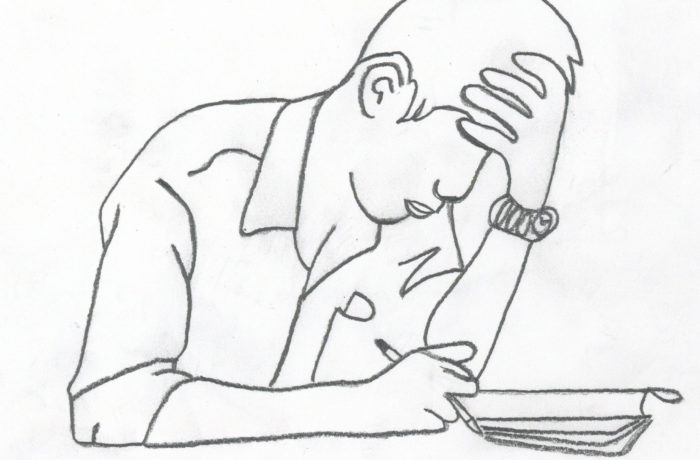By Nathan Terry
St. Michael’s students are reporting a record number of concussions compared to previous years, according to Associate Dean Jonathan D’Amore. D’Amore estimates that the school will have 10-20 more reported concussions this academic year, totalling over 50 concussions by year’s end.
D’Amore says that the total number of concussions reported to his office in recent days has swelled to over 40. “I think one explanation is healthcare providers are more aware in diagnosing them,” D’Amore said. “Fewer than half of the students getting concussions are student athletes. The things we have seen run the gambit, from basketball games to car accidents.”
Lindsay Ryan ’19 has “at least” four concussions, with the first happening her freshman year of high school.“I bumped heads with someone during drama club, and I remember seeing stars,” Ryan said. Ryan acquired her second concussion when she accidentally hit her head against a wall during her senior year. Her third concussion occurred during a dance routine, and her most recent concussion took place on Halloween weekend when she slipped and hit her head on a table.
Ryan said her professors have been considerate to her regarding her homework. “I am getting more time for homework and projects. I still have a hard time looking at screens, and sirens and lights give me a headache.”
Pat Coughlin ’18 suffered his fourth concussion this past spring during a rugby practice. “Me and a teammate banged heads when we were going for a loose ball. I was out for two and a half weeks, and I spent a lot of time sitting in my room not doing work and avoiding physical activities.”
Coughlin experienced bad headaches, loss of memory, and struggled with tasks as simple as walking his dog in the days following his concussion. “It’s scary sometimes because it doesn’t always get better right away, and you don’t know what the long term effects will be,” Coughlin said.
This past spring, Megan Murray ’18 completed a study on the impact of mild traumatic brain injuries on college students returning to learn. Murray said that having access to the knowledge of what a student is experiencing when they have a concussion is the key to helping students return to the classroom at the appropriate time. “If we can get all parties, the professors, the healthcare providers, and the students informed, then we can all be on the same page on how to proceed when a student is suffering from the symptoms of a concussion.”
D’Amore says that with more people becoming aware of the side effects that come with concussions, the recovery process has been much easier for students who are recovering from their concussions.
“Treatments have changed. People are learning that doing some activities is ok. I think it’s better to take a short term rest to get well rather than push ahead to stay current with your workload.”


